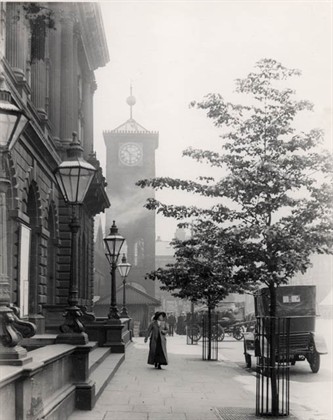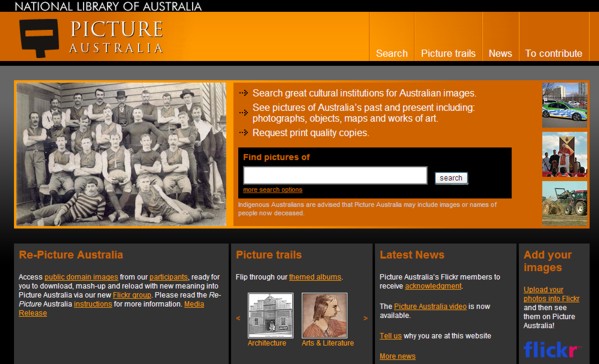I’m up for a challenge, especially one which allows me to reflect on my learning for this year as we near the end of 2008. Paul C. of Quoteflections has set a challenge to share a top ten list for 2008. It’s a great idea because it makes you think about and evaluate your findings for the year. Now that I’ve stopped to think, I realise that this year has jet-propelled me into a whole new way of learning and connecting. In May I started my blog, slowly connecting to many other bloggers through reading and commenting. This year I have also joined, as part of my school team, the Powerful Learning Practice cohort led by Will Richardson and Sheryl Nussbaum-Beach. I’m only beginning to realise the depth and breadth of the experiences within this learning network.
I would have no hesitation in saying that my most powerful ‘lesson’ this year has been that people are our most valuable resource, and so I’ve chosen as my Top Ten 2008 List:
Links to sites that demonstrate that we are better through sharing.

1. Histografica: Picture the past
This site allows you to find and share historical photos of places around the world. You could discover photos of your old hometown or places you’ve been to. It’s a site that develops its archives as people share their photos. Only a few countries have been represented so far, but I’m sure the collection will grow.
2. LIFE’s photo archive on view Google. Read about it here.
It’s one of the most magnificent photo archives of the past century and it’s now available on Google. It’s the Life magazine collection, some 10 million images altogether, and after the deal between Google and the keepers of the Life archive, a vast chunk is now at Google Image Search.
3. Phrasr allows you to create a visual phrase. The words in your phrase are matched with flickr images which you can choose for your picture phrase. The sharing part is the archive you can browse, and you can share your own visual phrases.
Here is my blog post about Phrasr.
4. Flickr tools
Mentalaxis has a comprehensive list of flickr tools so that you can creatively share your photos. For example, Travelr lets you display your flickr photos geographically on a world map.
5. 280 slides
As it says on the website, create beautiful presentations, access them from anywhere, and share them with the world. With 280 Slides, there’s no software to download and nothing to pay for – and when you’re done building your presentation you can share it any way you like.
6. Capzles
Capzles is a new way to combine videos, photos and mp3s into rich, multimedia storytelling. Read about it in my blog post.
7. A picture’s worth is a wonderful site where people are encouraged to write about the meaning or story behind a personal photograph. As the site says, “A Picture’s Worth” provides a haven for people to truly “show and tell”.
You can read more about it in my blog post.
8. Larry Ferlazzo’s websites of the day
This is not a tool or website, but I’ve included Larry’s blog because I believe people are the best source of information and sharing on the web. Larry was nominated as a finalist in the Best Resource-Sharing Blogs category of the Edublogs Awards in 2007 and again this year, and here he shares a list of education blogs that generously share resources and links.
A list of resource-sharing blogs nominated for the Edublogs award 2008 is definitely worth a look.
9. Us Now is a film project about the power of mass collaboration, government and the internet. Have a look at the ‘Your videos’ page, still in its early stages. Here’s a video called ‘Video republic’:
[youtube=http://www.youtube.com/watch?v=h0JX5jWv-tk&eurl=http://www.usnowfilm.com/clips/41&feature=player_embedded]
Read Clay Shirky’s transcript of this clip.
10. I wrote a post about YouTube Symphony Orchestra a little while ago. This will be the first ever collaborative online orchestra.
We invite musicians from around the world to audition for the YouTube Symphony Orchestra. Your video entries will be combined into the first ever collaborative virtual performance, and the world will select the best of you to perform at New York City’s Carnegie Hall in April 2009.
This one tops the list for me. It’s collaborative, it’s global, it’s a celebration of talent, it’s inviting the world to make music together.
As suggested by Paul, I’ve tagged the following esteemed bloggers:
Marie Salinger at Just in time; Sue Tapp at And another thing; Allanah King at Life’s not a race to be first finished; Jenny Luca at Lucacept; and Rhonda Powling at Rhondda’s reflections: wandering around the web.









